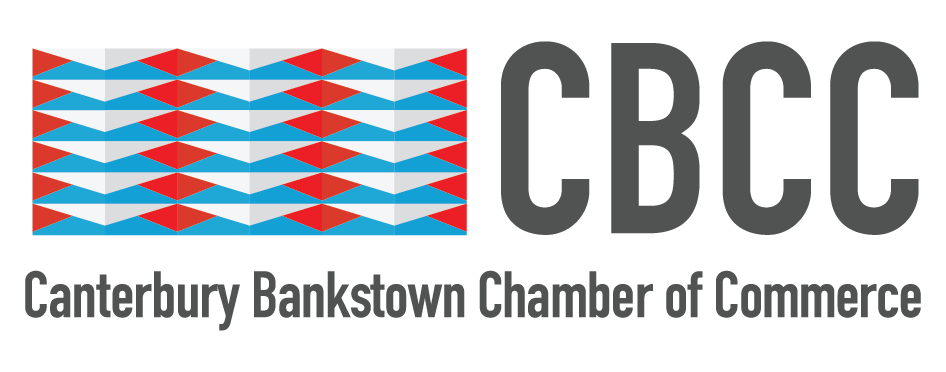Challenging Unconscious Bias In The Workplace | CBCC News
More and more women are choosing to leave their jobs due to experiencing unconscious bias in their workplace, preventing them from ‘breaking the glass ceiling‘ and receiving less support than they need and deserve to succeed. Due to their gender and cultural background, culturally diverse women experience a ‘glass-cultural ceiling’ in accessing work opportunities and leadership roles.
Similarly, biases surrounding age, gender identity, or disability can place additional pressures and barriers against women in the workplace.
But what is unconscious bias? How do you identify them, and what can you do against them? The CBCC answers these questions below to help you strengthen your business.
“’Me? Biased?’ Unconscious bias is like jealousy: no one likes to admit it, and often we’re unaware of it.”
– Thais Compoint, author of Succeed As An Inclusive Leader
What is Unconscious Bias?
Our individual value systems are usually shaped by our upbringing, culture, and/or religion. These values influence our thoughts, feelings, beliefs, or attitudes, which can lead to us developing assumptions about our world and the people around us.
These assumptions are unconscious biases. Not all biases are bad.
Consider: the human brain processes approximately 11 million bits of information every second. Out of these 11 million bits, our conscious minds can only handle an average of 50 bits of information. For us to function, the brain creates mental shortcuts every day by seeking patterns to group and categorise all that information. Most of this work is done unconsciously. Through this automatic cognitive process, every single one of us develops preferences – or biases.
Although biases are a normal brain function, they can often reinforce stereotypes and influence our lives. They shape the way we think to the way we interact with other people in our lives. As biases are unconscious, many of us are unaware that we can project our unconscious bias onto the people around us. This can lead us to judge other people with our own belief systems without regarding the other person’s own upbringing and values, leading to unfair prejudice and discrimination.
In the workplace, biases can lead to skewed judgements and reinforce stereotypes. When it comes to recruitment and decision-making, unconscious bias can do more harm than good, such as not being able to hire inclusively, or losing diverse and valuable talent because people felt excluded and like they didn’t belong.
For women, they can face additional bias from their colleagues and the community regarding gender roles or appropriate career choices. Some may receive unintentionally judgemental or cruel remarks over their life decisions or choices from other people projecting their own values and biases on them.
To truly make our community inclusive, it becomes imperative to recognise, acknowledge, and challenge our unconscious bias.
“Human beings are poor examiners, subject to superstition, bias, prejudice, and a profound tendency to see what they want to see rather than what is really there.”
– M. Scott Peck, author of The Road Less Travelled
Different Types of Unconscious Bias
Unconscious bias can be difficult to pinpoint because they happen without you realising it. By understanding the different types of biases that exist, you become more conscious of your decisions and thought processes, which can help you identify more of your own biases.
Here are five common unconscious bias examples:
Gender bias
Gender bias is also often referred to as sexism. This bias occurs when someone unconsciously associates certain stereotypes with different genders.
Examples of gender bias can include:
- Favouring male candidates over female candidates during recruitment despite both having similar skills and job experience. This can also manifest during job promotions or choosing team members to take on a large project.
- Repeatedly designating a female employee to take notes during team meetings because a manager has a bias that women are better suited to administrative duties.
Racial bias
Many people mistake racial bias as racism. However, they are not the same. The difference between racism and racial bias is that racism is based on beliefs that places more value or importance on one group of people above another. Racial bias refers to various associations and stereotypes that unconsciously impact our behaviour.
Racial bias can manifest in different ways, and to different scales.
- Name bias stems from racial bias, and is the tendency to prefer certain names over others. This is most prevalent in recruitment, seen when a recruiter tends to offer interviews to candidates with certain sounding names.
- Affinity bias, also known as the similarity bias, is the tendency to favour people who share similar interests, backgrounds, and experiences. People who are from the same cultural background are more likely to share these interests and experiences. Although there is no issue with feeling comfortable with people who are similar to you, this can become an issue when it gets in the way of including those with different experiences and backgrounds.
- Making a statement like, ‘When I look at you, I don’t see colour,” can remove acknowledgement of a person’s skin colour and invalidate their racial, ethnic, and cultural identity.
Disability bias
Those with disability are less likely to land a job than the average Australian.
Data has shown that 9 in 10 employees with disability, injury, or health conditions, are as productive or more productive than their peers. They generate less employee turnover, and have fewer workplace injuries than more able workers. However, disability bias assumes that it can be harder to work with someone with disability.
Other ways disability bias can manifest include assumptions on someone’s ability to access certain resources, or someone’s financial capability to contribute money for a cause.
Age bias
Age bias, ageism, or age discrimination, is the discrimination against others based on their age.
Although the Age Discrimination Act 2004 prohibits direct and indirect discrimination on workers based on their age, because not everyone files a complaint, ageism is still a prevalent issue. 20% of Australian workers aged over 50 years old experienced age discrimination in the workplace.
Some commonly held misconceptions include beliefs that older employees cost more, are more difficult to train, or are more resistant to change. However, older workers have greater emotional intelligence or emotional capabilities. They can also bring valuable knowledge and experience to the workplace, helping and mentoring younger and/or newer workers.


Challenging Unconscious Bias In The Workplace
While you cannot eliminate it, the first step to challenge unconscious bias is to acknowledge that it exists and encourage workers to identify and challenge their biases within your processes, relations, and work culture.
- Lead by example. Treat others fairly and judge people based on their abilities, not by their external appearance, physical traits. By modelling the behaviour you want to see in your workplace, you can minimise discrimination and bias.
- Incorporate practical training that will encourage people to examine their natural inclinations. Are your notions stems from solid reasoning or perceived stereotypes? Training can guide participants in practicing active listening, mindfulness, and treating each person as a unique individual.
- Align bias training with your business’ code of conduct. By ensuring that your code of conduct and the bias training is aligned, you can create a goal-oriented plan that is consistent, transparent and has integrity.
- Redesign your HR processes, such as recruitment and hiring. Promote equal opportunity by asking universal questions to candidates applying to the same position. Integrate a psychometric work test before the interview to allow hiring managers to assess any applicants based on intellectual abilities. Investigate how you can ensure that your work processes minimise chances of discrimination.
Not sure about how to identify your own biases? Click here to read more.
There is no one-size-fits-all approach to combatting unconscious bias because it is inherently personal. However, greater understanding and acceptance starts with honest communication.
Your voice, experience, and ideas are invaluable. Become a CBCC member and contribute to the conversation today.








Customer Reviews
Thanks for submitting your comment!